Absinthe is a highly alcoholic spirit with a rich cultural history. Originating in Switzerland in the late 18th century, it gained popularity among artists and writers in France during the late 19th and early 20th centuries. Its reputation as a potent and potentially dangerous drink led to being banned in many countries, but over time the perception of absinthe has changed. Today, absinthe has made a comeback and is again considered a fashionable drink. Its unique taste and ritualistic preparation, which typically involves adding water and sugar to the spirit, have helped to revive its popularity and establish it as a must-try drink for those looking to experience a piece of cocktail history.
Absinthe holy trinity: wormwood, fennel, and anise. The exact composition of absinthe can vary significantly between brands and recipes, but the core ingredients – wormwood, anise and fennel, which are also often collectively known as the ‘holy trinity’ – remain the foundation of most absinthe products. Wormwood, the key ingredient in absinthe, is typically used in a concentration of around 10-20%. The bitter and slightly medicinal flavour of wormwood is balanced by the sweetness of fennel, typically used in a concentration of approximately 30-40%. Anise, with its liquorice-like flavour, is also used in a concentration of around 10-20% to add a sweet and aromatic character to the spirit. Besides ‘the holy trinity’ of absinthe, the other botanical ingredients are coriander, angelica root, hyssop, melissa, star anise, peppermint, coriander and veronica. Each of these herbs contributes to absinthe’s distinctive flavour and aroma, making it a complex and multi-layered spirit. Last but not least, the alcohol used in the production of absinthe can vary, with traditional absinthes being made from a white grape spirit or eau de vie. In contrast, lesser-quality absinthes are made from alcohol derived from grains, beets, or potatoes.
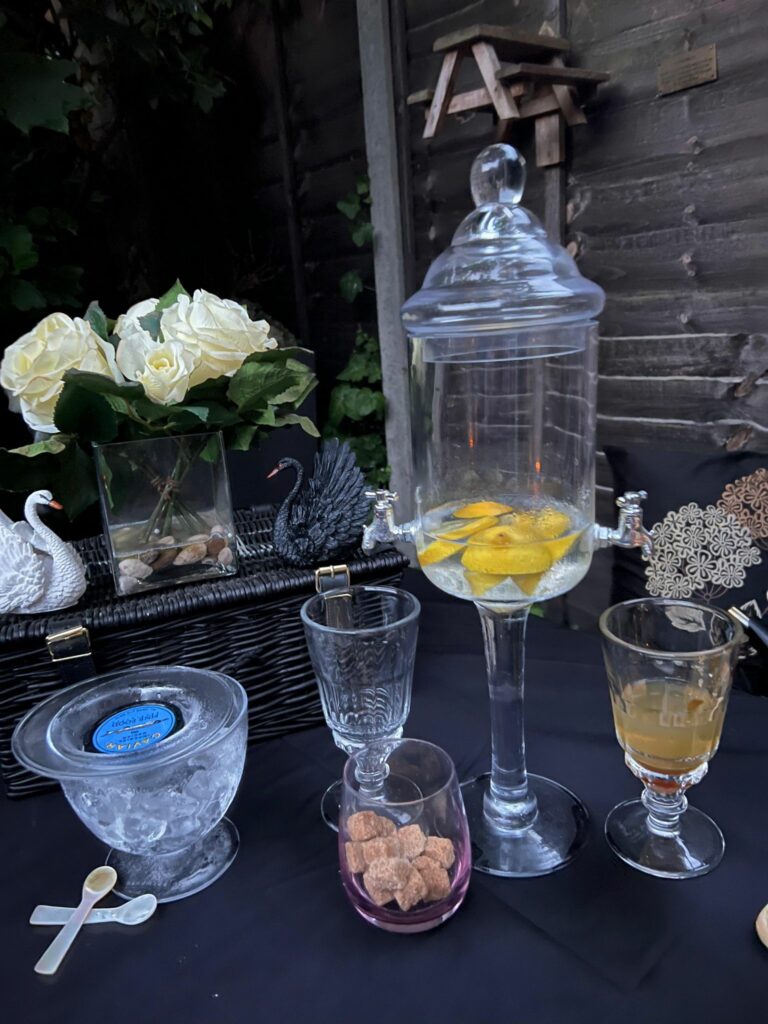
According to popular legend, while seeking to cure various diseases, Pierre Ordinaire – a French doctor living in Couvet, Switzerland, around 1792 – crafted this drinkable green concoction. Years later, Henri-Louis Pernod opened a large absinthe distillery in Pontarlier, France. However, due to concerns over the ingredient wormwood, which contains thujone that, in large amounts, can be toxic, absinthe was banned in many countries in the early 20th century. Today, it’s widely available again, with many countries lifting the ban.

The absinthe ritual is considered important because it helps to bring out the full flavour and aroma of the drink. The absinthe ritual is also seen as a symbol of the tradition and history of absinthe. This ritual is, therefore, an important part of the drinking experience. The ritual involves carefully pouring cold water over a sugar cube placed on a slotted spoon above a glass of absinthe. The addition of sugar and water helps to balance the bitter taste of the wormwood and create a smoother, more palatable drink. As the water filters through the sugar and into the glass, the absinthe becomes cloudy, and the essential oils are released, creating a unique and intricate flavour profile.
The traditional absinthe ritual involves several steps and rules to follow to ensure that the drink is prepared correctly and in keeping with tradition. Here are the steps for preparing absinthe in the traditional way:
- Fill an absinthe glass with 1 to 3 ounces of absinthe, depending on personal preference.
- Lay an absinthe spoon across the top of the glass rim.
- Place a sugar cube on the spoon.
- Slowly pour cold water over the sugar cube and into the glass, aiming for a ratio of 3-5 parts water to 1 part absinthe. As the water drips through the sugar and into the absinthe, it will cause the drink to become cloudy and the essential oils in the drink to be released, creating a unique and complex flavour profile.
- Stir the mixture gently with a spoon to ensure that all the ingredients are well mixed.
- Once the absinthe is properly mixed, it is ready to drink. Take small sips and enjoy your absinthe.
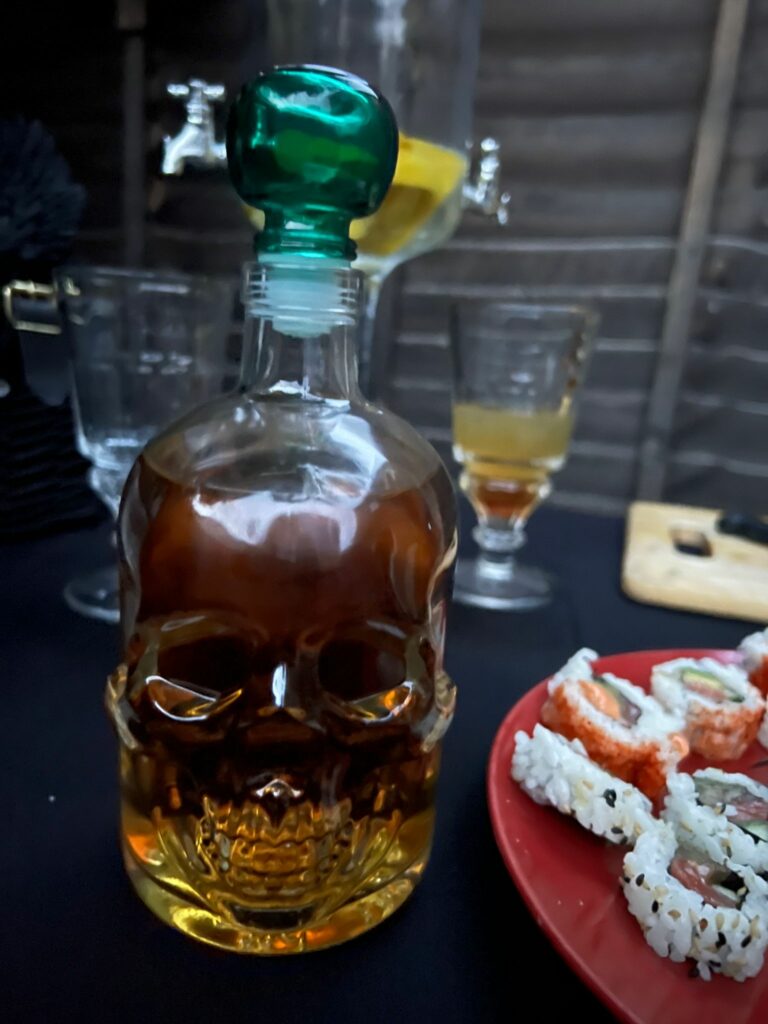
FAMOUS ABSINTHE DRINKERS WHO USED IT AS A MUSE
While many of us know that the green fairy was beloved by 19th century bohemians, exactly how many famous absinthe drinkers could you identify by name?
France’s love affair with la fee verte – or the green lady – is one of the primary reasons as to why absinthe grew to such notoriety during the late 19th century. Favoured by artists, writers and bohemians alike, the streets of Paris came alive every evening once the green fairy began to flow freely. Often portrayed – and embraced – as a hallucinogenic, it was banned across much of Europe before experiencing a revival in the western world in the early 1990’s.
Most of us don’t realise the sheer impact that this green elixir actually had on the production of some of the world’s most famous novels, paintings and poetry. However, if you look closely into some of the work produced at this time, the influence of the green fairy is more prominent than what initially meets the eye – so who were these famous absinthe drinkers, and what are their most noteworthy pieces of art?

WHICH ARTISTS DANCED WITH THE GREEN FAIRY?
Absinthe is now regarded as the muse of creativity and aesthetic enlightenment, but this sentiment can all be traced back to Paris in the 19th century. Embraced by curatives who dabbled in all forms of the arts, who are some of the more famous absinthe drinkers that are commonly recognised today.
Vincent Van Gogh – While Van Gogh is often regarded as the most prolific of absinthe users in his time, it’s also rumoured that he consumed the oils and turpentines used in his paintings too. While his mental decline has often been linked directly to an overreliance on the green fairy, modern medical professionals believe his instability to be more so related to overall alcoholism, probable bipolar disorder and possible schizophrenia.

Ernest Hemingway – The famed American writer was a prolific consumer of absinthe, and continued to drink it during sabbaticals in Spain and Cuba long after it was banned in France – he even invented the “Death In The Afternoon” absinthe based cocktail in 1935. The liquor even got a mention in some of his most well known novels, such as “For whom the bells Tolls” and “The sun also rises”.
Oscar Wilde – As a self professed alcoholic, Oscar Wilde often embraced absinthe as a way to issue a “creative boost”. One of Wilde’s most famous quips about absinthe speaks to his love of tragic irony in his written works, and the quote is known as the following: “After the first glass of absinthe you see things as you wish they were. After the second, you see things as they are not. Finally, you see things as they really are, and that is the most horrible thing in the world.”
Pablo Picasso – Absinthe was so revered by Picasso, that the substance features in a variety of his works, including the paintings “Woman Drinking Absinthe” (1901), “Bottle Of Pernod And Glass” (1912), and the sculpture “Absinthe Glass” (1914). Although of Spanish origin, Picasso spent most of his adult life in France, and is regarded as one of the most famous absinthe drinkers during the height of Bohemianism in Paris in the early 19th century.
Salma has exactly the same physique and plasticity as the heroine of the famous Picasso painting. Her long paws can take any shape and her amazing eyes are so colorful.


Van Gogh is famous for his blue, “starry night” paintings. We don’t know if he drank Swiss absinthe but if he did, he might have painted something like this. Original photo by Ivan from Lisbon.

Henri de Toulouse-Lautrec – As one of the best-known painters of the Post-Impressionist period, the French artist was notorious for his consumption of the green fairy. Many of his impressionistic scenes were painted on the back of absinthe consumption, with works featuring prominent brothers and night spots popular in Montmartre, Paris. During long evenings of hedonism in 19th century Paris, he was famed for carrying a holly cane filled with the liquor.

Van Gogh is depicted with a glass of absinthe, at Café du Tambourin. Vincent and Lautrec were good friends when they lived in Paris.

Viktor Oliva (1861-1928) was a Czech painter and illustrator. His most famous painting, “Absinthe Drinker” (Piják absintu), hangs on the wall of the traditional Café Slavia in the historical centre of Prague. It was opened in 1884. Poet Rilke or president Havel regularly spent time in the café.
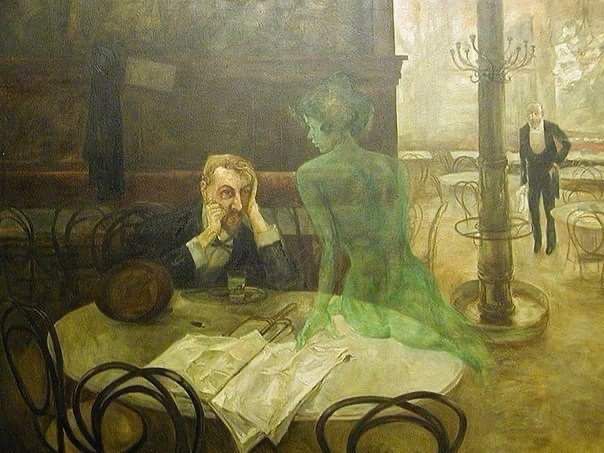

While it seems there are almost as many paintings from the early 20th century named “The Absinthe Drinker” as there were artists working at the time, very few are as famous as Jean Béraud’s 1908 work.

Many famous paintings share the name “The Absinthe Drinker.” This particular piece is by Albert Emmanuel Bertrand and dates back to 1890.

Jean Gabin’s little absinthe ritual in Jean Renoir’s FRENCH CANCAN (1954).

“The Absinthe Drinker” 1876, famous for a female drinking in the Café de la Nouvelle Athènes, Montmartre, Paris. Friends of the artist agreed to pose for this painting.

As the muse of choice for many painters, writers, artists, novelists and poets in France, absinthe has also been known to influence other key figures of that time. With other “fans” of the substance including Edouard Manet, Edgar Degas, Paul Verlaine, Paul Gauguin, Lord Byron, Baudelaire, Guy de Maupassant, Ernest Dowson and Alfred Jarry, the real question is who wasn’t dancing with the green fairy?
An addendum:
The Absinthe Ritual: traditional methods of preparing absinthe enhance its herbal scent & visual pleasure of the ‘louche effect’ as the spirit transforms into an opalescent liquid. Special spoons, glasses, fountains add to the ritual (as do tales of green fairies)

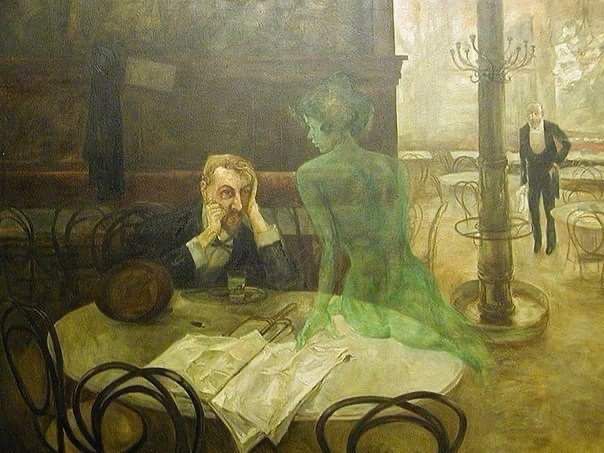
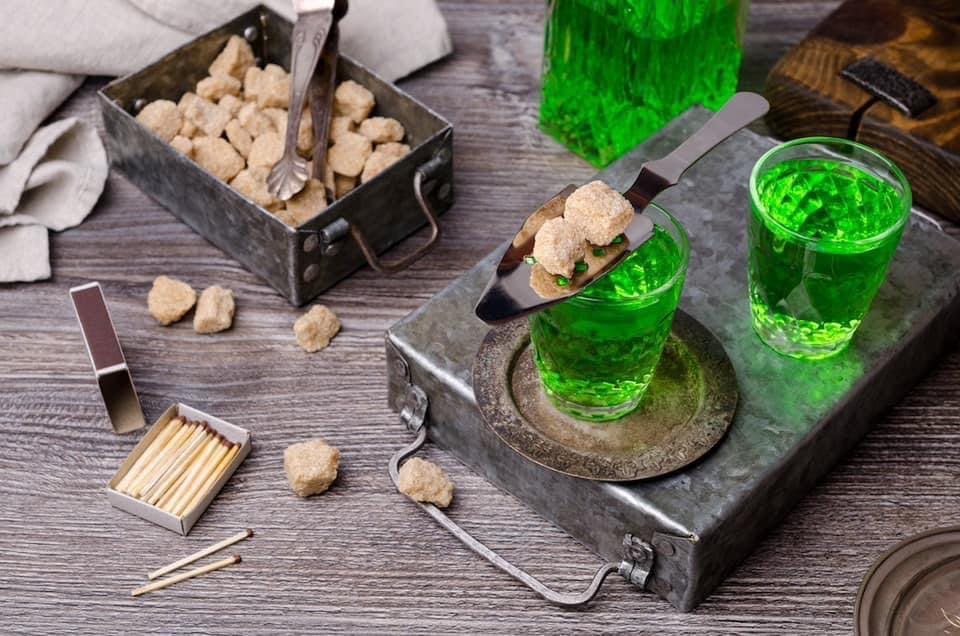
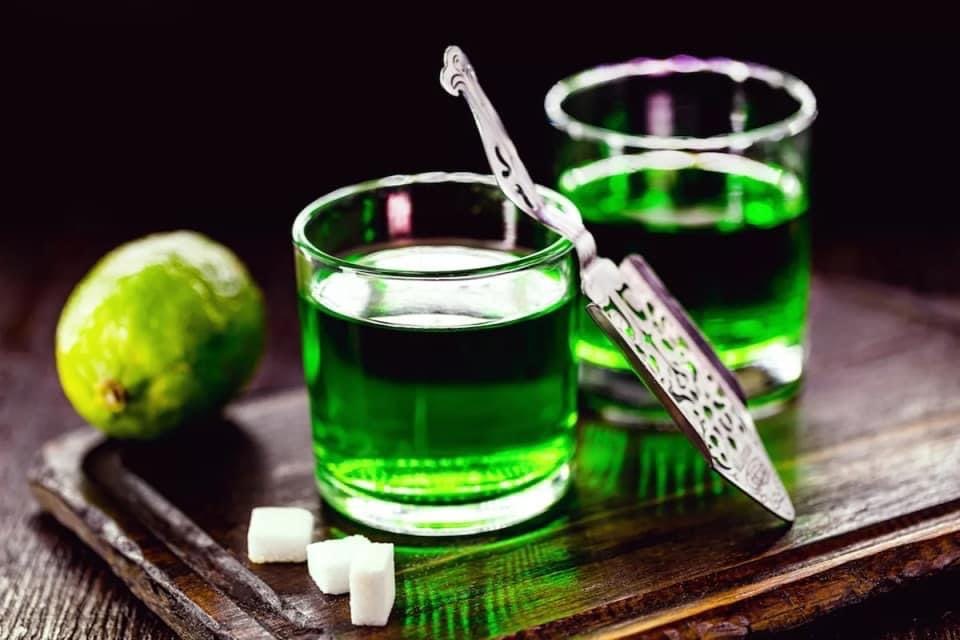
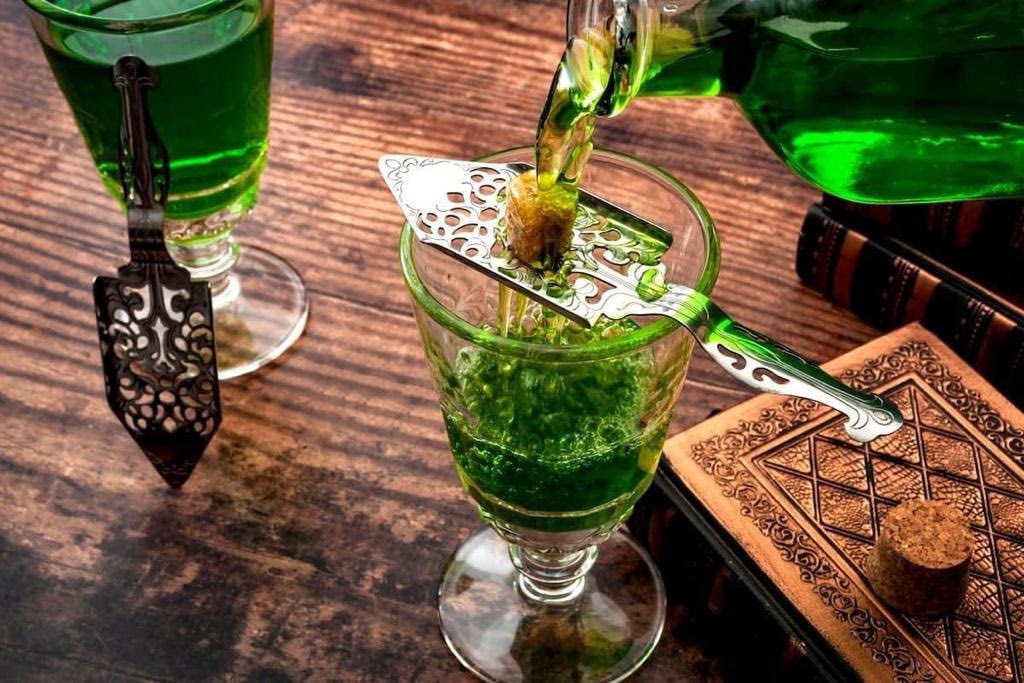
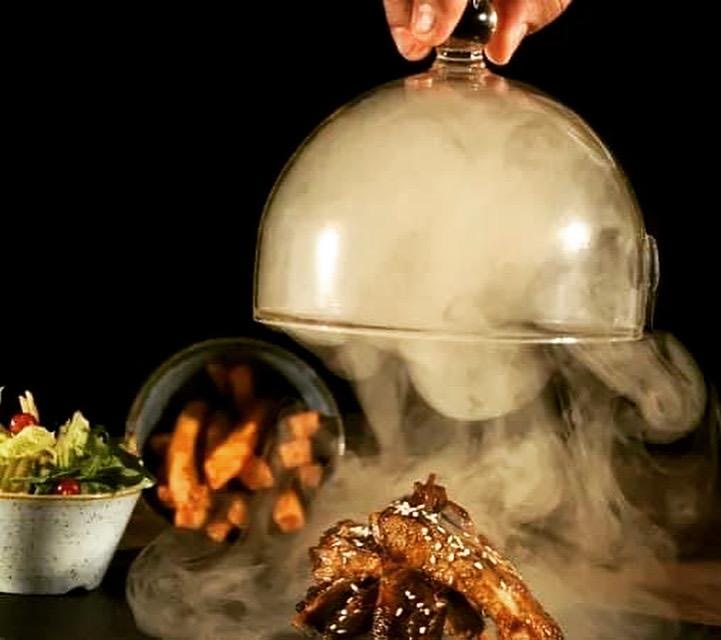
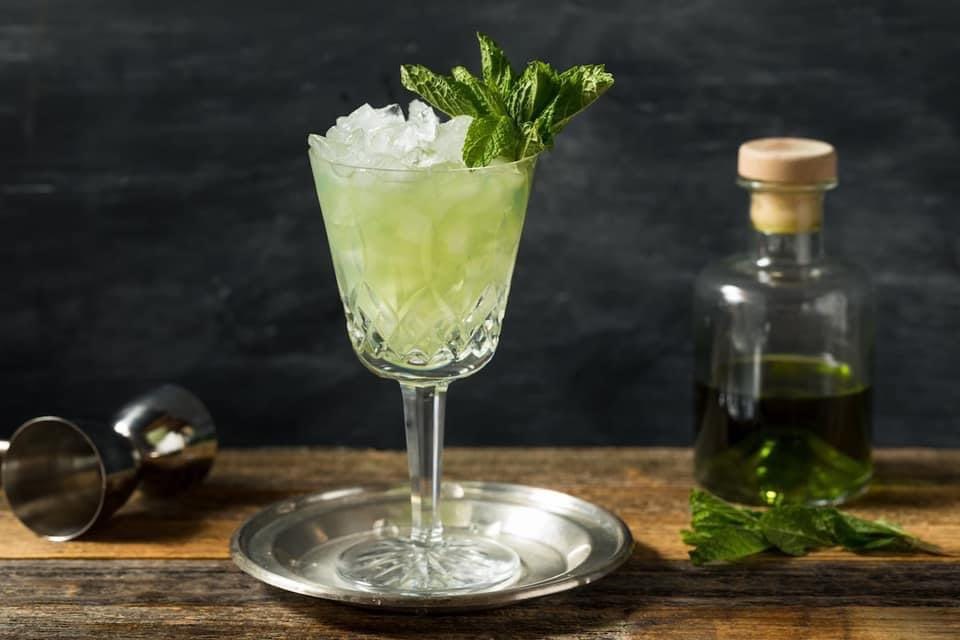


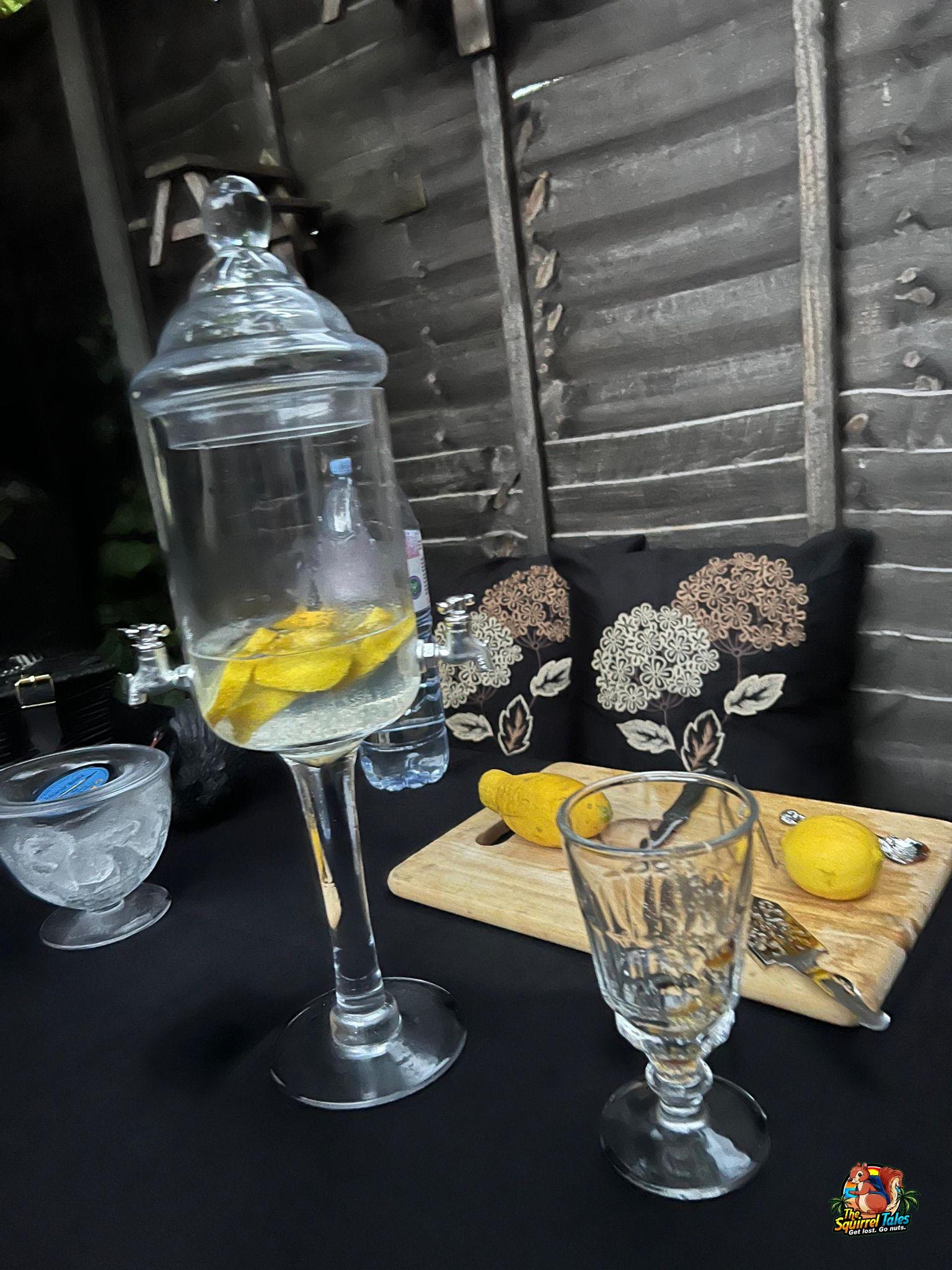
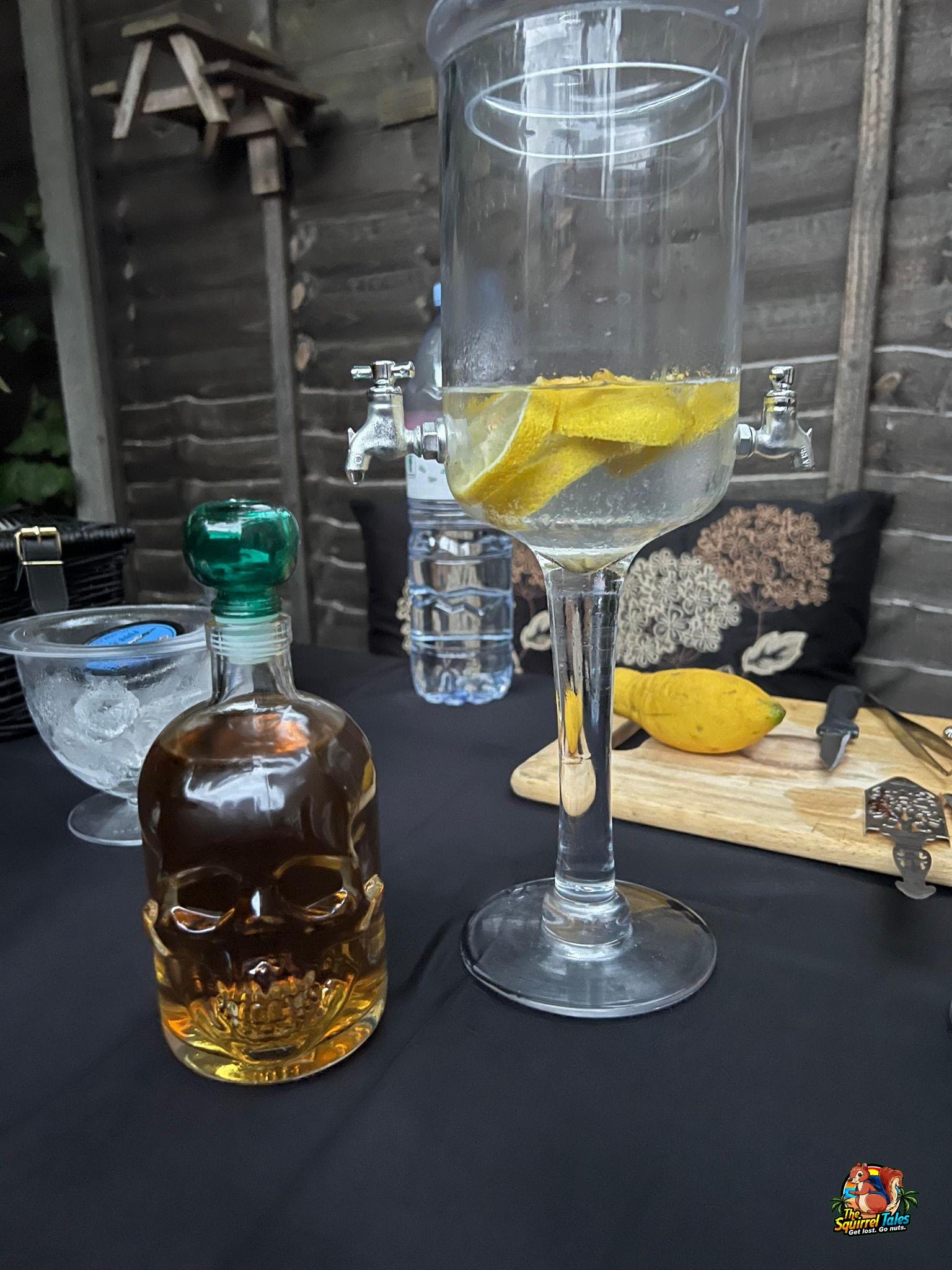
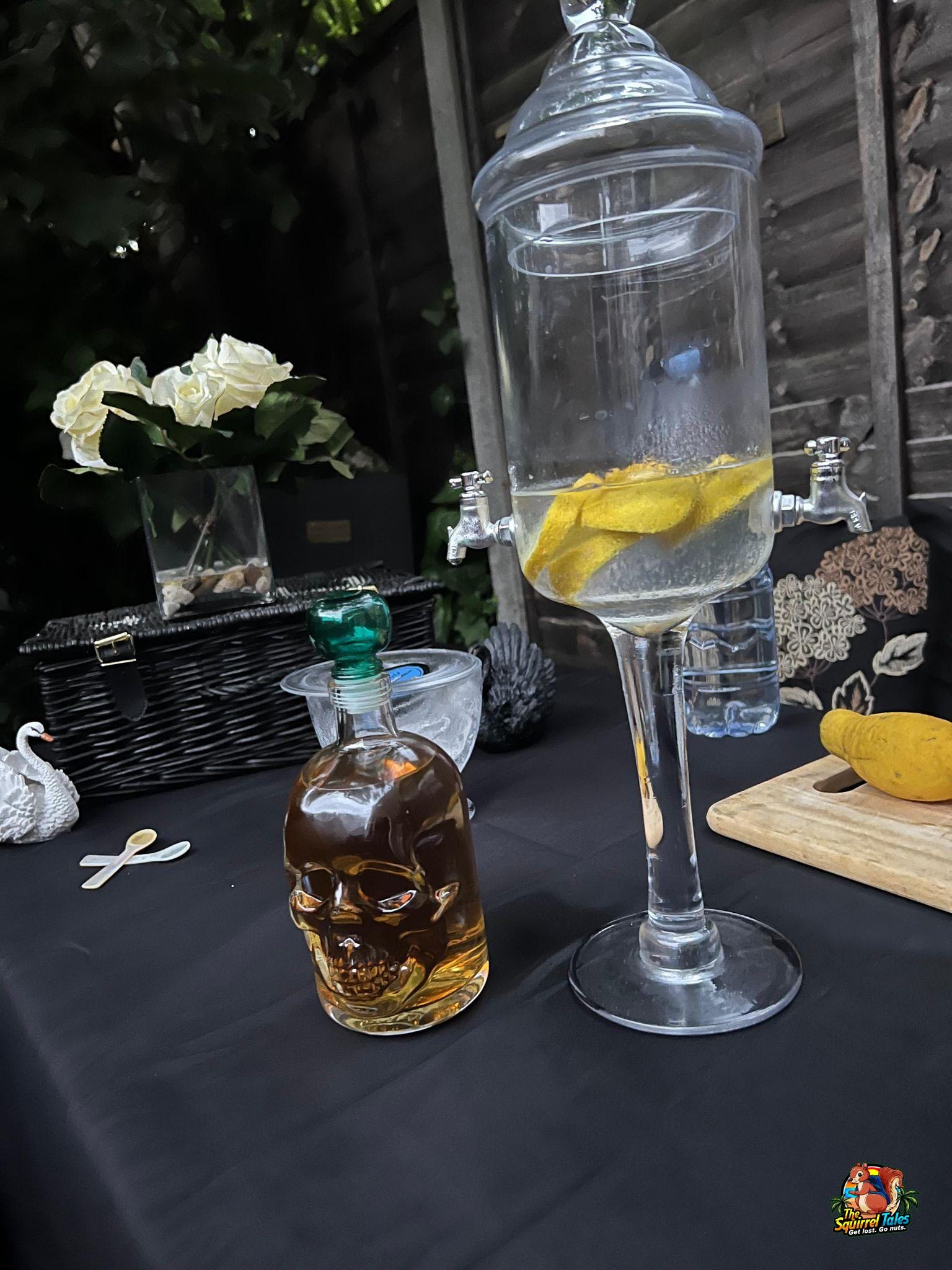
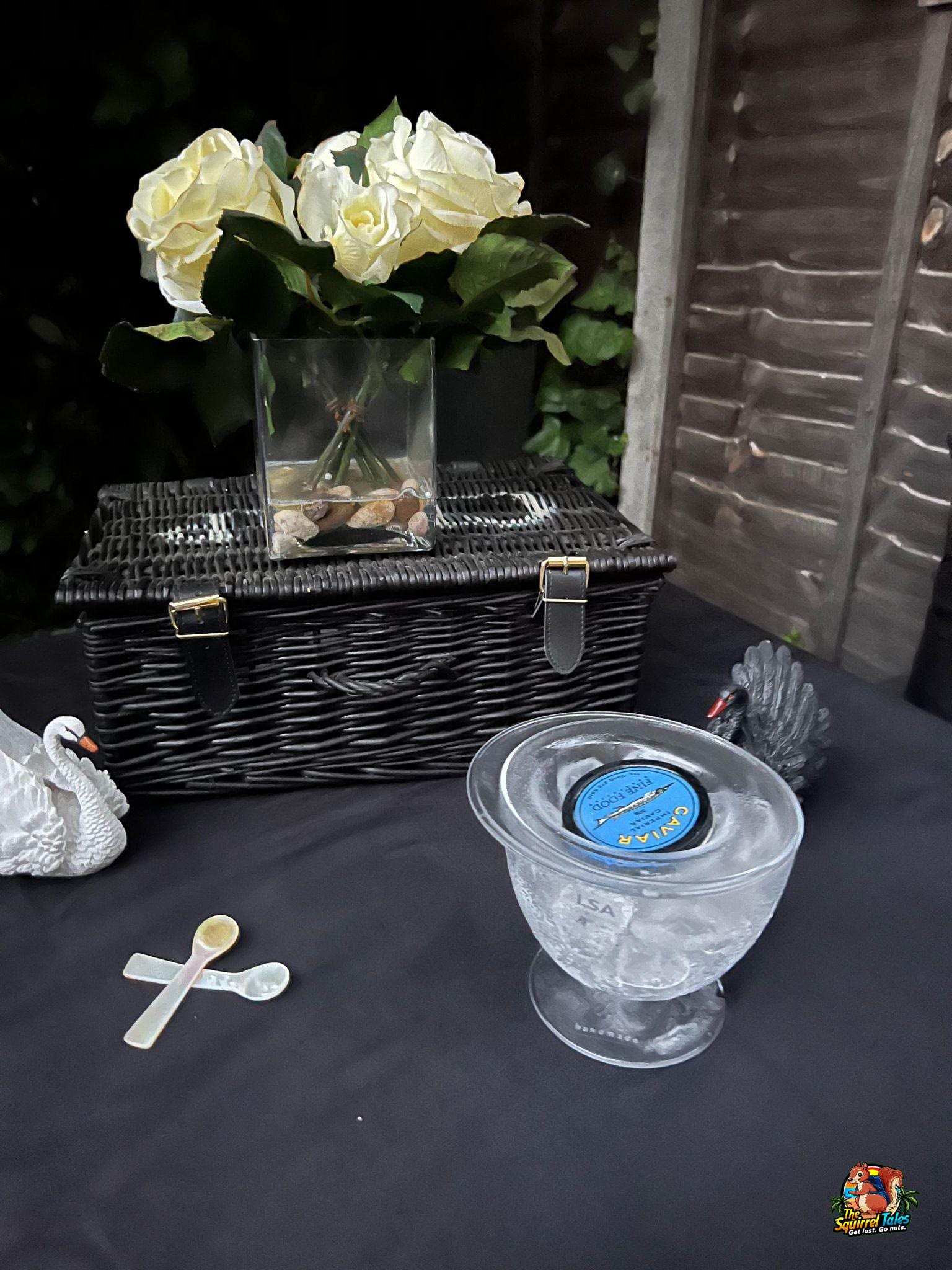









Leave a reply
You must be logged in to post a comment.